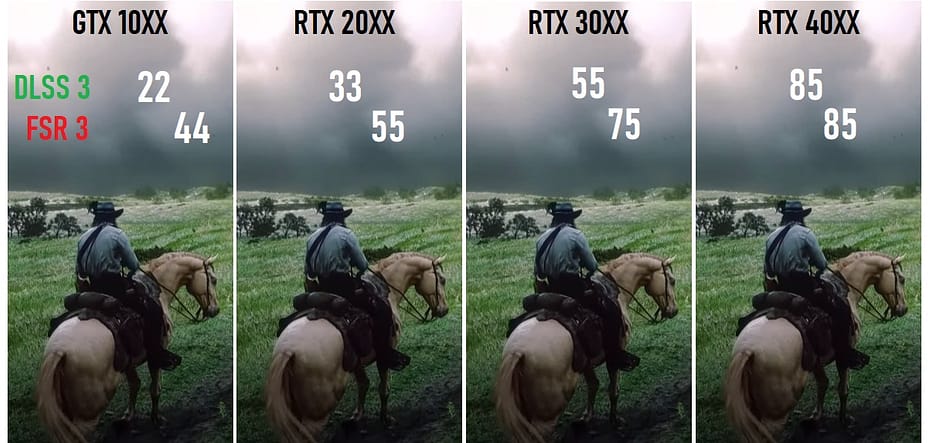The anticipation surrounding the arrival of FidelityFX Super Resolution (FSR) 3 on consoles has stirred both excitement and apprehension within the gaming community. With Immortals of Avium poised to become one of the first titles to implement FSR 3 on consoles, alongside frame pacing improvements and HDR enhancements for the PC version, gamers are eager to witness the impact of this technology across platforms.
Key Points to Consider:
- Early Adoption on Consoles: Immortals of Avium emerges as a frontrunner in bringing FSR 3 to consoles, potentially leading the charge for other titles to follow suit. This early adoption sets the stage for exploring the capabilities of FSR 3 in the console gaming landscape.
- Frame Rate Targets: Questions arise regarding the frame rate targets for FSR 3 on consoles, particularly considering the performance challenges faced by Immortals of Avium in achieving stable 60fps. While FSR 3 offers the promise of enhanced performance, its effectiveness may vary depending on the base frame rate and internal resolution.
- Latency Concerns: The introduction of FSR 3 on consoles prompts discussions about latency, a crucial consideration in gaming experiences. While the impact of latency may be less pronounced with controller-based gameplay compared to mouse input, concerns regarding image quality and interpolation artifacts persist.
- Optimization vs. Technology Band-Aid: There is a delicate balance between leveraging FSR 3 to enhance performance and relying on it as a substitute for optimization efforts. The fear of FSR 3 becoming a crutch to achieve target frame rates without addressing underlying optimization issues looms large, raising concerns about its long-term implications for game development.
Assessing the Future of FSR 3 on Consoles
As FSR 3 makes its debut on consoles, several factors will shape its reception and adoption within the gaming community.
Performance Expectations
Understanding the performance expectations associated with FSR 3 on consoles is paramount. While FSR 3 offers the potential to improve frame rates and visual fidelity, its effectiveness may vary depending on the title’s optimization, base frame rate, and rendering resolution.
Latency and Input Responsiveness
Addressing concerns surrounding latency and input responsiveness is crucial to delivering a seamless gaming experience. While controller-based gameplay may mitigate some latency issues, maintaining a balance between performance gains and input lag remains essential for preserving gameplay immersion.
Long-Term Impact on Game Development
The integration of FSR 3 into console gaming raises broader questions about its impact on game development practices. Balancing the benefits of enhanced performance with the importance of optimization and quality assurance will shape the trajectory of FSR 3 adoption and its role in future game development pipelines.
Looking Ahead: Balancing Innovation and Optimization
As FSR 3 continues to gain traction on consoles, striking a balance between innovation and optimization becomes paramount. While FSR 3 offers a valuable tool for improving performance and visual fidelity, its implementation should complement, rather than replace, efforts to optimize gaming experiences for diverse hardware configurations.
Collaboration and Feedback
Fostering collaboration between developers, hardware manufacturers, and gamers is essential in refining and optimizing FSR 3 for console gaming. Collecting feedback, addressing concerns, and iteratively improving the technology will drive its evolution and ensure its relevance in the ever-changing landscape of gaming technology.
Empowering Developers and Gamers
Empowering developers with the tools and resources to leverage FSR 3 effectively, while educating gamers about its capabilities and limitations, fosters informed decision-making and enhances the overall gaming experience. By working together, developers and gamers can navigate the complexities of FSR 3 integration and unlock its full potential in shaping the future of console gaming.
The arrival of FSR 3 on consoles heralds both opportunities and challenges for the gaming community. As developers and gamers navigate the implications of this technology, collaboration, education, and a commitment to optimization will play key roles in shaping its impact on the future of gaming experiences.















